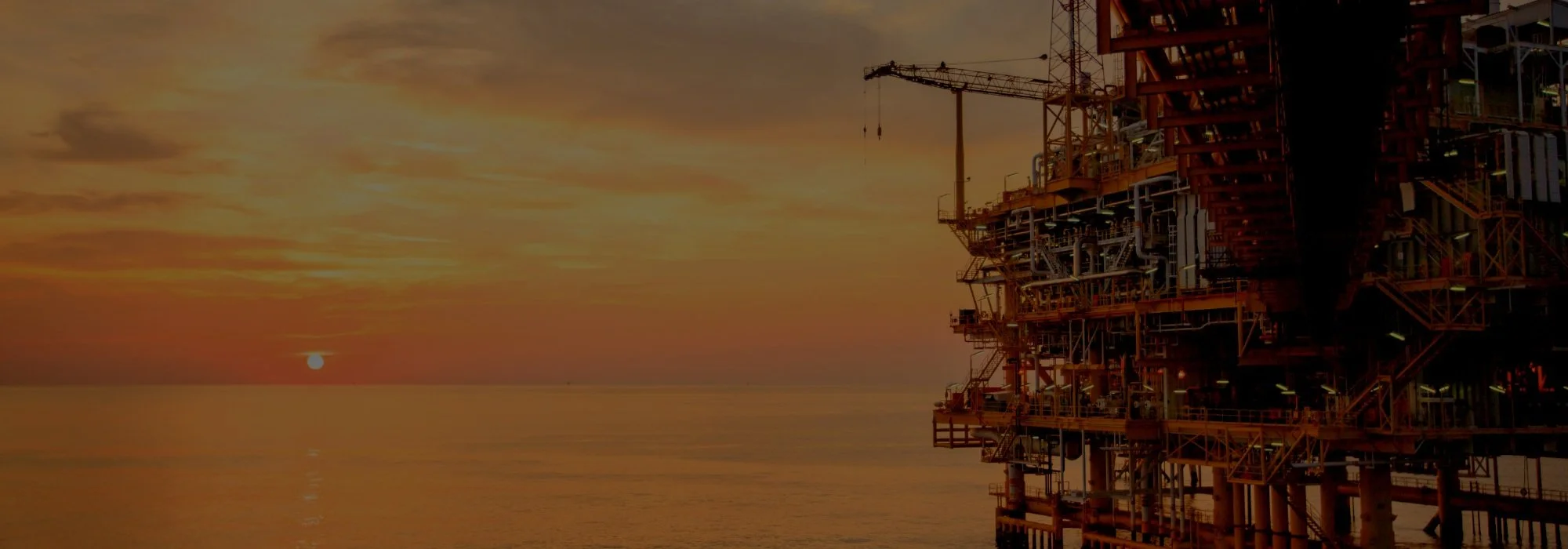
The oil and gas sector demands robust, durable, and explosion-proof valve solutions.
A single valve failure in a pipeline, refinery, or offshore rig can cause severe operational and financial consequences.
OIL &GAS
COMMON VALVE ISSUES IN THE OIL & GAS INDUSTRY
In oil and gas operations, valves are exposed to some of the harshest conditions found in any industry. Over time, this intense environment leads to a number of critical valve issues that can compromise safety, reduce operational efficiency, and result in unplanned downtime. At Valve Repair, we specialise in identifying and resolving these recurring issues, ensuring valves are fully functional and compliant with industry standards.
Below is a detailed look at the most common valve problems we encounter in oil and gas applications — and how we help resolve them:

CORROSION AND EROSION FROM HIGH-PRESSURE, HIGH-TEMPERATURE ENVIRONMENTS
Valves used in upstream and downstream oil and gas operations are constantly exposed to corrosive media such as sour gas (H₂S), saltwater, CO₂, and abrasive particulates. Combined with high temperatures and pressures, this leads to metal loss, pitting, and material degradation on valve internals such as discs, seats, and stems.
If left unaddressed, corrosion and erosion can cause:
Loss of sealing capability
Reduced flow control accuracy
Structural failure under pressure
How We Help
We strip down the valve for a full internal inspection, identify damage zones, and carry out surface restoration using weld build-up or specialist coatings. Damaged components are replaced or rebuilt, and the valve is tested under simulated working conditions to ensure full integrity.
Cost Savings – Avoid costly replacements with effective valve refurbishments.
/
Cost Savings – Avoid costly replacements with effective valve refurbishments. /

VALVE SEIZURE DUE TO CRUDE OIL BUILDUP AND SOLIDIFICATION
Crude oil contains paraffins, asphaltenes, and other substances that can solidify or gum up valve internals, especially in low-flow or low-temperature zones. This often causes valves to seize, making operation difficult or impossible and affecting pipeline flow rates or well performance.
This is particularly common in:
Remote pipelines with poor flow conditioning
Valves installed in colder climates or subsea
Low-use isolation valves that are rarely cycled
How We Help
Our team performs thorough chemical cleaning, mechanical disassembly, and decontamination of valve components. Where possible, we re-engineer valves with coatings, internal heating elements, or upgraded seals to prevent future buildup and ensure smoother operation.
Rapid Turnaround – Emergency repair options to get you back up and running fast.
/
Rapid Turnaround – Emergency repair options to get you back up and running fast. /

ACTUATOR FAILURES IN REMOTE OR HAZARDOUS LOCATIONS
In oilfields and offshore platforms, actuated valves play a vital role in automated shutdown systems, pressure relief, and emergency blowdown. However, electrical or pneumatic actuators often fail due to:
Harsh weather exposure (offshore wind, salt spray)
Ingress of moisture or debris
Motor burnout or gearbox damage
Lack of regular cycling in stand-by systems
When actuators fail, it can compromise system safety and prevent timely valve operation during emergencies.
How We Help
We offer full actuator testing, fault diagnosis, and repair, including motor replacement, gear inspection, and seal replacement. For particularly demanding locations, we recommend actuator upgrades or supply weatherproof enclosures and breathing valves to extend actuator lifespan.
Certified Quality – Testing, inspection, and documentation provided as standard.
/
Certified Quality – Testing, inspection, and documentation provided as standard. /

LEAKS AND LOSS OF CONTAINMENT IN CRITICAL SAFTEY VALVES
In safety relief valves (SRVs), pressure relief valves (PRVs), and emergency shutdown valves (ESDVs), leaks are a serious hazard. Even small leaks can result in product loss, flare system overloads, or dangerous emissions — not to mention environmental non-compliance or regulatory penalties.
Common leak causes include:
Seat wear or deformation
Seal hardening or degradation
Valve misalignment
Overpressure damage
How We Help
We disassemble and inspect the valve to identify the root cause. We then re-machine or lap seats, replace worn seals with certified spares, and carry out precision reassembly with calibrated tools. All safety-critical valves are hydrostatically or pneumatically tested before release, with full certification supplied.

